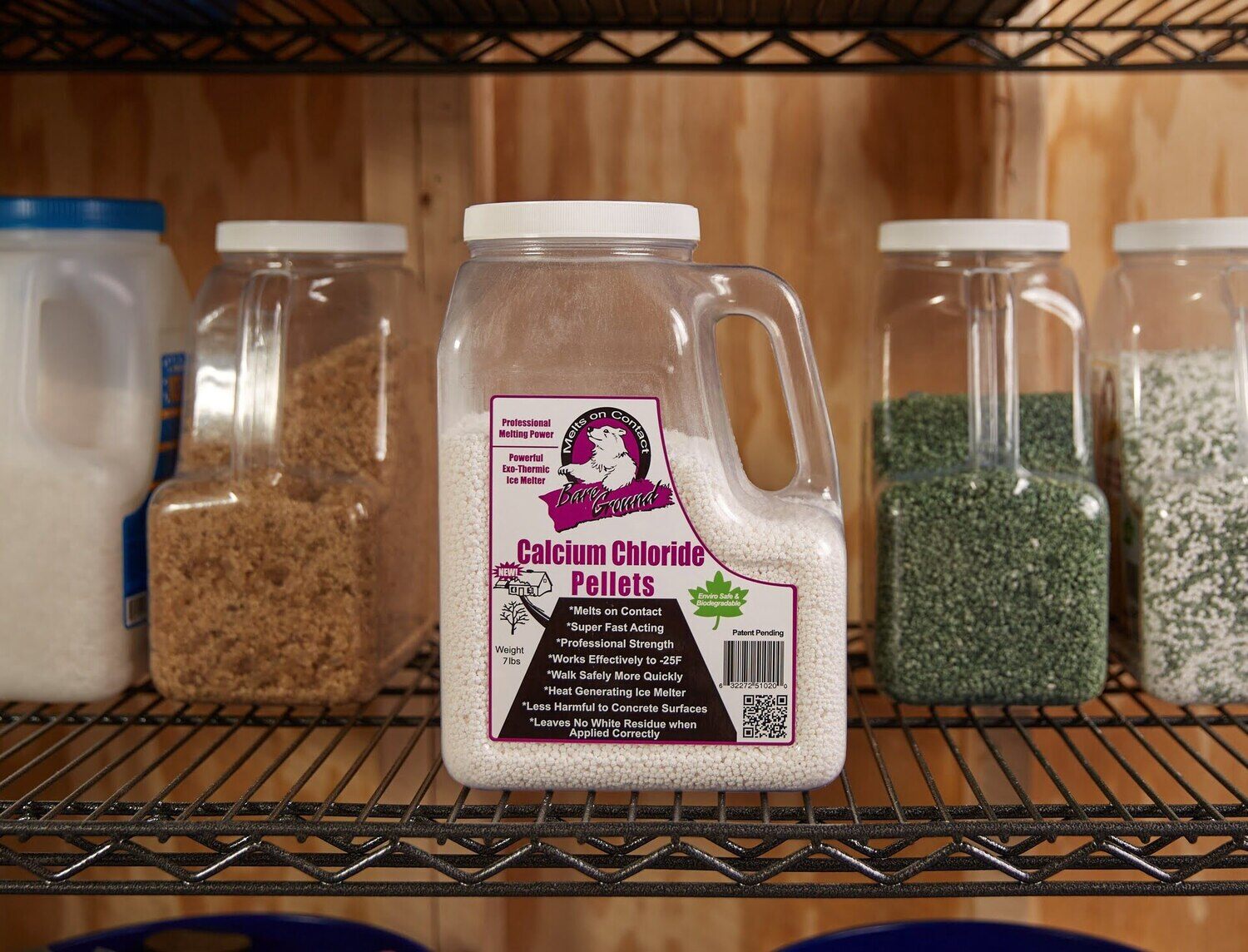

Articles
How To Store Calcium Chloride
Modified: January 6, 2024
Learn how to properly store articles containing calcium chloride to ensure safe and effective usage. Implement these storage methods for optimal results.
(Many of the links in this article redirect to a specific reviewed product. Your purchase of these products through affiliate links helps to generate commission for Storables.com, at no extra cost. Learn more)
Introduction
Welcome to this comprehensive guide on how to properly store calcium chloride. Calcium chloride is a versatile chemical compound that is widely used in various industries, including agriculture, food processing, construction, and deicing. However, like any other chemical substance, calcium chloride requires proper storage to maintain its effectiveness and ensure safety.
In this article, we will explore the importance of proper calcium chloride storage and provide you with valuable insights on factors to consider, suitable containers, recommended storage conditions, handling and transportation guidelines, safety precautions, and proper disposal methods. By following these guidelines, you can maximize the shelf life of calcium chloride and ensure its optimal performance.
So, let’s dive in and learn how to store calcium chloride effectively!
Key Takeaways:
- Proper storage of calcium chloride is crucial to maintain its quality, prevent hazards, and save costs. Consider factors like temperature, moisture, and ventilation to ensure safe and effective storage.
- Choosing suitable containers, following recommended storage conditions, and adhering to safety precautions are essential for the proper storage, handling, and disposal of calcium chloride. Prioritize safety and environmental responsibility.
Read more: How To Store Ferrous Chloride
What is Calcium Chloride?
Calcium chloride is a chemical compound with the molecular formula CaCl2. It is a crystalline salt that is highly soluble in water and has a variety of applications in different industries. In its solid form, calcium chloride appears as white or off-white granules or powder.
One of the primary uses of calcium chloride is in deicing and anti-icing applications. Its ability to lower the freezing point of water makes it an effective deicer for roads, sidewalks, and parking lots during winter months. It helps to melt ice and snow, improving traction and preventing accidents.
Calcium chloride is also commonly used in the agriculture industry. It is used as a soil amendment to provide plants with essential calcium and improve soil structure. It helps to enhance plant growth and increase crop yield by improving nutrient uptake and reducing blossom end rot in fruits such as tomatoes and peppers.
Furthermore, calcium chloride finds applications in the food and beverage industry. It is used as a food additive to enhance the firmness and crispness of fruits and vegetables. It is also used in cheese making, beer brewing, and in the production of canned fruits and vegetables.
In the construction industry, calcium chloride is used in concrete formulations. It helps to accelerate the curing process and increase the strength and durability of concrete structures. It is also used as a dust control agent on construction sites to suppress dust particles and create a safer working environment.
Aside from these industries, calcium chloride has various other uses. It is used in wastewater treatment, swimming pool maintenance, drilling fluid additives, and as a drying agent in desiccators.
With its wide range of applications, it is essential to store calcium chloride properly to maintain its quality and effectiveness. In the following sections, we will provide you with important guidelines on how to store calcium chloride to ensure its safe use and longevity.
Why is Proper Storage Important?
Proper storage of calcium chloride is vital for several reasons. First and foremost, it helps to preserve the quality and effectiveness of the compound. Calcium chloride can degrade and lose its properties when exposed to certain environmental factors, such as moisture, extreme temperatures, and contaminants. By storing it correctly, you can ensure that it remains in its optimal state for as long as possible.
Another important reason for proper storage is safety. Calcium chloride is a caustic substance that can cause skin and eye irritation, as well as respiratory issues if inhaled. Storing it in appropriate containers and in designated areas reduces the risk of accidental exposure to humans, pets, and the environment. It is crucial to follow safety guidelines and store calcium chloride away from incompatible substances to prevent any potential hazards.
In addition, proper storage can help prevent the formation of lumps or clumps in calcium chloride. These formations can make it more challenging to handle and mix the compound. By storing it in suitable containers and ensuring proper sealing, you can minimize the risk of lump formation and ensure a consistent and easy-to-use product.
Furthermore, storing calcium chloride properly can help reduce waste and save money. When the compound is exposed to moisture or contaminants, it may become less effective or unusable. By implementing proper storage practices, such as keeping it in a dry and clean environment, you can minimize the chances of spoilage and maximize its shelf life. This, in turn, helps to reduce the need for frequent replacements, saving you money in the long run.
Lastly, following proper storage guidelines is essential to comply with regulations and industry standards. Different industries may have specific storage requirements for calcium chloride due to safety and environmental concerns. Adhering to these guidelines ensures that you are in compliance with relevant regulations and protects against any potential legal issues.
In the next sections, we will explore the different factors to consider when storing calcium chloride and provide you with practical recommendations to ensure its proper storage and handling.
Factors to Consider When Storing Calcium Chloride
When it comes to storing calcium chloride, there are several factors that you need to consider to ensure its longevity and safety. By paying attention to these factors, you can maintain the quality of the compound and mitigate any potential risks. Here are some key factors to consider:
- Temperature: Calcium chloride is best stored in a cool and dry environment. Extreme temperatures can affect its stability and deteriorate its quality. It is recommended to store calcium chloride at temperatures between 20°F (-7°C) and 80°F (27°C). Avoid exposing it to direct sunlight or storing it near heat sources.
- Moisture: Calcium chloride is hygroscopic, meaning it has a high affinity for moisture and readily absorbs water from the surroundings. Exposure to moisture can cause the compound to become lumpy and less effective. To prevent moisture absorption, store calcium chloride in airtight containers and protect it from humid conditions.
- Compatibility: Calcium chloride should be stored separately from incompatible substances to avoid chemical reactions or contamination. It should be kept away from strong acids, alkalies, oxidizers, and certain metals. Be sure to follow the manufacturer’s guidelines and consult safety data sheets to determine the appropriate storage practices for calcium chloride.
- Ventilation: Adequate ventilation is crucial when storing calcium chloride. In case of accidental spills or leaks, good ventilation helps to prevent the buildup of fumes and exposure to harmful gases. Ensure that the storage area has proper ventilation to maintain a safe working environment.
- Labeling: Proper labeling of containers is essential to identify the content and its specific storage requirements. Clearly label containers containing calcium chloride with the name of the compound, hazard warnings, and any necessary handling precautions. This helps to prevent any confusion and ensures that the compound is stored and handled correctly.
- Accessibility: Store calcium chloride in a designated area that is easily accessible and away from high-traffic areas. This helps to prevent accidental spills or tripping hazards. Keep it in a location that is clearly marked and known to employees or anyone who may need to handle the compound.
- Inventory Management: It is important to keep track of the inventory of calcium chloride regularly. Implement a first-in, first-out (FIFO) system to ensure that older stock is used first, reducing the chances of expiration or degradation. Regularly monitor the condition of the compound and dispose of any expired or damaged material safely.
By considering these factors and implementing proper storage practices, you can maintain the quality and usability of calcium chloride, while also ensuring the safety of those who handle and interact with the compound.
Suitable Containers for Calcium Chloride Storage
Choosing the right containers for storing calcium chloride is essential to maintain its quality and ensure safe handling. The containers should protect the compound from moisture, contamination, and physical damage. Here are some suitable container options for calcium chloride storage:
- HDPE (High-Density Polyethylene) Drums or Containers: HDPE drums are commonly used for storing calcium chloride. They are lightweight, durable, and resistant to corrosion. HDPE containers provide excellent protection against moisture and are suitable for both solid and liquid forms of calcium chloride.
- Steel Drums or Pails: Steel drums or pails are another option for storing calcium chloride. They offer robust protection against physical damage and are suitable for larger quantities of calcium chloride. Steel containers are also resistant to fire and provide an extra layer of safety.
- Fiber Drums or Cardboard Containers: Fiber drums or cardboard containers can be used for storing calcium chloride in solid forms. They are cost-effective options and provide reasonable protection against moisture. However, they may not be suitable for long-term storage or exposure to extreme conditions.
- Plastic Bags or Pouches: Plastic bags or pouches can be used to store smaller quantities of calcium chloride. For solid forms, opt for heavy-duty, moisture-resistant bags that can be sealed tightly. For liquid calcium chloride, use durable, leak-proof plastic pouches or containers.
- Glass Containers: Glass containers may be suitable for storing smaller quantities of liquid calcium chloride. It is important to ensure that the glass containers are made from chemical-resistant glass and have secure lids or stoppers to prevent leakage.
- Proper Sealing and Labeling: Whichever container you choose, make sure it has a secure sealing mechanism to prevent moisture ingress or leakage. Properly seal the containers to maintain the integrity of the calcium chloride. Additionally, label the containers clearly with the name of the compound, hazard warnings, and any necessary handling precautions.
Remember that the type of container you choose may depend on the specific form and quantity of calcium chloride you are storing. It is important to comply with industry regulations and guidelines when selecting containers for storing calcium chloride.
Proper storage of calcium chloride containers is equally important. Store the containers in a designated area, away from direct sunlight, extreme temperatures, and potential hazards. Ensure that the storage area is well-ventilated and properly labeled.
By selecting suitable containers and implementing proper storage practices, you can safeguard the quality and usability of calcium chloride while minimizing the risk of moisture damage or contamination.
Store calcium chloride in a cool, dry place away from direct sunlight and moisture. Keep it tightly sealed in its original container to prevent absorption of water from the air.
Read more: How To Clean Calcium Off Brick
Recommended Storage Conditions
To ensure the longevity and effectiveness of calcium chloride, it is important to store it under specific conditions that help maintain its quality. Here are the recommended storage conditions for calcium chloride:
- Temperature: Store calcium chloride in a cool and dry environment. The recommended temperature for storage is between 20°F (-7°C) and 80°F (27°C). Extreme temperatures can affect the stability and efficacy of calcium chloride. Avoid storing it near heat sources or in direct sunlight.
- Humidity: Calcium chloride is hygroscopic, meaning it readily absorbs moisture from the air. To prevent moisture absorption, store calcium chloride in airtight containers. If possible, use desiccant packs inside the containers to further control humidity levels.
- Light: Protect calcium chloride from exposure to direct light. Ultraviolet (UV) rays can degrade the compound and decrease its effectiveness. Store it in a dark or shaded area where it is not exposed to sunlight or artificial light sources.
- Separation: Keep calcium chloride containers separate from other chemicals and substances. It is important to store it away from incompatible materials, such as strong acids, alkalies, oxidizers, and certain metals. This helps prevent any potential chemical reactions or contamination.
- Organized Storage: Organize the storage area to ensure easy accessibility and proper inventory management. Arrange and label containers properly to prevent confusion and accidental mixing of different substances. Follow a first-in, first-out (FIFO) system to use older stock before newer ones.
- Ventilation: Ensure that the storage area has adequate ventilation. Good airflow helps prevent the buildup of fumes and reduces the risk of exposure to harmful gases in case of spills or leaks. Proper ventilation also helps maintain a safe working environment.
- Security: Store calcium chloride in a restricted and secure area to prevent unauthorized access or tampering. This is especially important if you are storing large quantities of calcium chloride or if it is considered a hazardous substance in your region. Follow local regulations and industry guidelines for storage security.
By adhering to these recommended storage conditions, you can prolong the shelf life of calcium chloride and ensure its optimal performance when needed. Regularly inspect the storage area and containers for any signs of damage or deterioration, and dispose of any expired or damaged calcium chloride safely.
Remember to consult the manufacturer’s guidelines and safety data sheets for specific storage recommendations, as they may vary depending on the type and form of calcium chloride you are storing.
Handling and Transportation Guidelines
Proper handling and transportation of calcium chloride are crucial to ensure the safety of personnel, prevent accidents, and maintain the integrity of the compound. Here are some important guidelines to follow:
- Personal Protective Equipment (PPE): Prior to handling calcium chloride, make sure to wear appropriate personal protective equipment. This may include gloves, goggles or a face shield, and a lab coat or protective clothing, depending on the form and concentration of calcium chloride. PPE helps protect against potential skin and eye irritation or chemical burns.
- Handling Caution: Handle calcium chloride containers with care to avoid damage or spills. Avoid dropping or mishandling containers, as this can lead to breakage and release of the compound. Be cautious of sharp edges when opening or closing containers to prevent injuries.
- Avoid Inhaling Dust: When working with powdered calcium chloride, be mindful of dust generation. Dust inhalation can cause respiratory irritation or breathing difficulties. Use appropriate respiratory protection, such as a dust mask or respirator, when necessary. Avoid creating unnecessary dust by gently handling the compound.
- Proper Storage during Transportation: During transportation, calcium chloride containers should be secured to prevent movement or tipping. Ensure that containers are properly sealed to prevent any leaks or spills. If transporting bulk quantities, consult local regulations for specific requirements, such as labeling, placarding, or permits.
- Compatibility with Containers: It is important to verify the compatibility of calcium chloride with the containers used for transportation. Ensure that the containers are made of appropriate materials that can withstand the concentration and form of calcium chloride being transported. Improper container compatibility can lead to leaks, spills, or damage to the compound.
- Emergency Response: Be prepared for potential spills or accidents during transportation. Have appropriate spill control materials and spill containment systems readily available. Train personnel on proper emergency response procedures, including containment, cleanup, and reporting of any incidents involving calcium chloride.
- Compliance with Regulations: Follow all local, regional, and international regulations regarding the handling and transportation of calcium chloride. These regulations may vary depending on the quantity, concentration, and potential hazards associated with the compound. Stay updated on any changes in regulations to ensure compliance.
By following these guidelines, you can ensure the safe handling and transportation of calcium chloride, reducing the risk of accidents and contamination. Always prioritize safety and refer to safety data sheets and manufacturer instructions for specific handling recommendations based on the product you are working with.
Additionally, provide training and education to employees or personnel involved in the handling and transportation of calcium chloride to promote awareness and safe practices.
Safety Precautions for Calcium Chloride Storage
Storing calcium chloride safely is of utmost importance to protect individuals, the environment, and property. Calcium chloride is considered a hazardous substance and should be handled with caution. Here are some essential safety precautions to follow when storing calcium chloride:
- Personal Protective Equipment (PPE): Always wear appropriate personal protective equipment when handling and storing calcium chloride. This includes gloves, goggles or a face shield, and a lab coat or protective clothing. PPE helps to protect against skin and eye irritation or chemical burns.
- Ventilation: Ensure that the storage area is well-ventilated to prevent the accumulation of any fumes or gases from calcium chloride. Good airflow helps maintain a safe working environment and reduces the risk of exposure to harmful substances.
- Separation: Store calcium chloride away from incompatible substances, such as strong acids, alkalies, oxidizers, and certain metals. Chemical reactions can occur when calcium chloride comes into contact with these substances, leading to hazardous situations. Follow proper segregation practices to prevent accidents or contamination.
- Proper Labeling: Clearly label containers containing calcium chloride with the name of the compound, hazard warnings, and any necessary handling precautions. Proper labeling helps identify the content accurately and provides essential information to anyone handling the compound.
- Fire Safety: Calcium chloride is not combustible, but it can release flammable hydrogen gas when it reacts with water or acids. Store calcium chloride away from open flames, spark-producing equipment, and heat sources. Be cautious when handling calcium chloride in environments where fire hazards are present.
- Spill Response: In the event of a spill or leak, take immediate action to contain and clean up the calcium chloride. Have spill control materials, such as absorbents and containment booms, readily available in the storage area. Follow proper spill response procedures to minimize risks and prevent further contamination.
- First Aid: In case of skin contact with calcium chloride, immediately wash the affected area with plenty of water for at least 15 minutes. If there is eye contact, flush the eyes with water for at least 15 minutes and seek medical attention. Inhalation of calcium chloride dust or fumes may cause respiratory irritation; move to fresh air and seek medical attention if symptoms persist.
- Training and Awareness: Provide proper training to personnel involved in the storage and handling of calcium chloride. Educate them about the hazards and safety precautions, including emergency response procedures, proper PPE usage, and safe handling practices.
- Emergency Preparedness: Have appropriate emergency response measures in place, such as eyewash stations, safety showers, fire extinguishers, and spill control equipment. Train employees on emergency protocols and ensure they are aware of the location and use of emergency equipment.
It is vital to comply with local regulations and industry standards for the safe storage and handling of calcium chloride. Stay updated on any changes in safety requirements or guidelines pertaining to the compound.
Remember, safety should always be the top priority when storing calcium chloride. By following these safety precautions and guidelines, you can minimize risks, prevent accidents, and protect the well-being of everyone involved.
Proper Disposal Methods for Calcium Chloride
Proper disposal of calcium chloride is essential to protect the environment and ensure compliance with regulations. Calcium chloride is considered a hazardous substance and must be handled and disposed of responsibly. Here are some guidelines for the proper disposal of calcium chloride:
- Check Local Regulations: Research and follow local regulations and guidelines regarding the disposal of calcium chloride. These regulations may vary depending on your location and the quantity of calcium chloride being disposed of.
- Dilution and Neutralization: If the calcium chloride solution is diluted and does not pose a significant environmental risk, it may be possible to neutralize it with a pH-adjusting agent. However, this method should only be used under the guidance and approval of local environmental authorities.
- Professional Waste Disposal: Consult with a licensed waste disposal company for the proper disposal of larger quantities of calcium chloride or if it is classified as a hazardous waste. They have the expertise and facilities to handle and dispose of the compound in compliance with environmental regulations.
- Landfill Disposal: In some cases, calcium chloride may be disposed of in a sanitary landfill. However, it is important to check with the landfill operator beforehand to ensure they accept this type of waste. Follow their guidelines and properly label the containers for disposal.
- Recycling Options: Investigate if there are any recycling options available for calcium chloride in your area. Depending on the form and purity of the compound, recycling may be a viable alternative to disposal. Contact recycling facilities or waste management organizations to inquire about calcium chloride recycling programs.
- Disposal of Containers: Empty calcium chloride containers should be rinsed thoroughly to remove any remaining residue. Follow local regulations for container disposal, which may vary depending on the material of the container. Some containers may be recyclable, while others may require proper disposal in designated waste bins.
- Documentation: Keep proper records of the disposal process, including dates, quantities, and methods used. Documentation helps demonstrate compliance with regulations and serves as a reference for future disposal activities.
It is important to note that the methods mentioned above are general guidelines and may vary depending on your location and specific circumstances. Always consult with local environmental authorities or waste management professionals for specific instructions regarding the disposal of calcium chloride.
Remember, improper disposal of calcium chloride can have detrimental effects on the environment and public health. By following proper disposal methods, you can contribute to the preservation of the environment and prevent any potential harm.
Read more: How To Clean Calcium Buildup In Sink
Conclusion
Proper storage of calcium chloride is essential to maintain its quality, effectiveness, and to ensure safety. By following the guidelines provided in this article, you can enhance the longevity of calcium chloride while mitigating the risks associated with its storage and handling.
We discussed the importance of storing calcium chloride correctly, considering factors such as temperature, moisture, compatibility, ventilation, labeling, accessibility, and inventory management. Adhering to these factors will help preserve the integrity of the compound and prevent accidents or contamination.
We also highlighted the suitable containers for calcium chloride storage, including HDPE drums or containers, steel drums or pails, fiber drums or cardboard containers, plastic bags or pouches, and glass containers. Choosing the right container ensures proper protection and ease of handling.
Recommended storage conditions, such as maintaining appropriate temperature and humidity levels, preventing exposure to light, ensuring separation from incompatible substances, and proper ventilation, were discussed to ensure optimal storage conditions for calcium chloride.
Furthermore, we emphasized the importance of following proper handling and transportation guidelines, such as wearing personal protective equipment, avoiding dust inhalation, securely storing and labeling containers during transportation, and being prepared for emergency responses.
Lastly, we provided safety precautions for calcium chloride storage, including the use of personal protective equipment, ensuring proper ventilation, separation from incompatible substances, proper labeling, fire safety measures, spill response readiness, and appropriate training and awareness for personnel involved.
When it comes to disposing of calcium chloride, it is crucial to check local regulations, consider professional waste disposal services, explore recycling options if available, and properly dispose of containers following local guidelines.
In conclusion, by implementing the recommendations outlined in this article for the storage, handling, and disposal of calcium chloride, you can ensure its efficacy, reduce the risk of accidents or contamination, and contribute to a safer and more sustainable environment.
Frequently Asked Questions about How To Store Calcium Chloride
Was this page helpful?
At Storables.com, we guarantee accurate and reliable information. Our content, validated by Expert Board Contributors, is crafted following stringent Editorial Policies. We're committed to providing you with well-researched, expert-backed insights for all your informational needs.

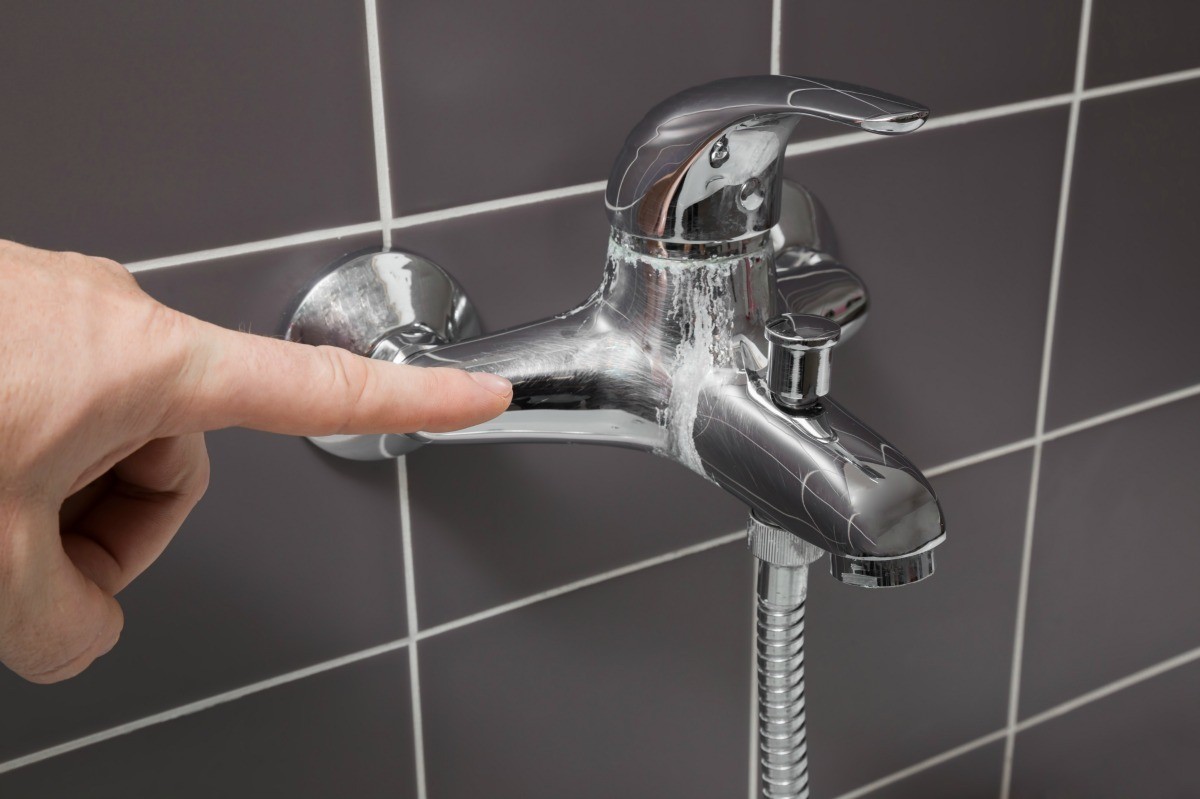
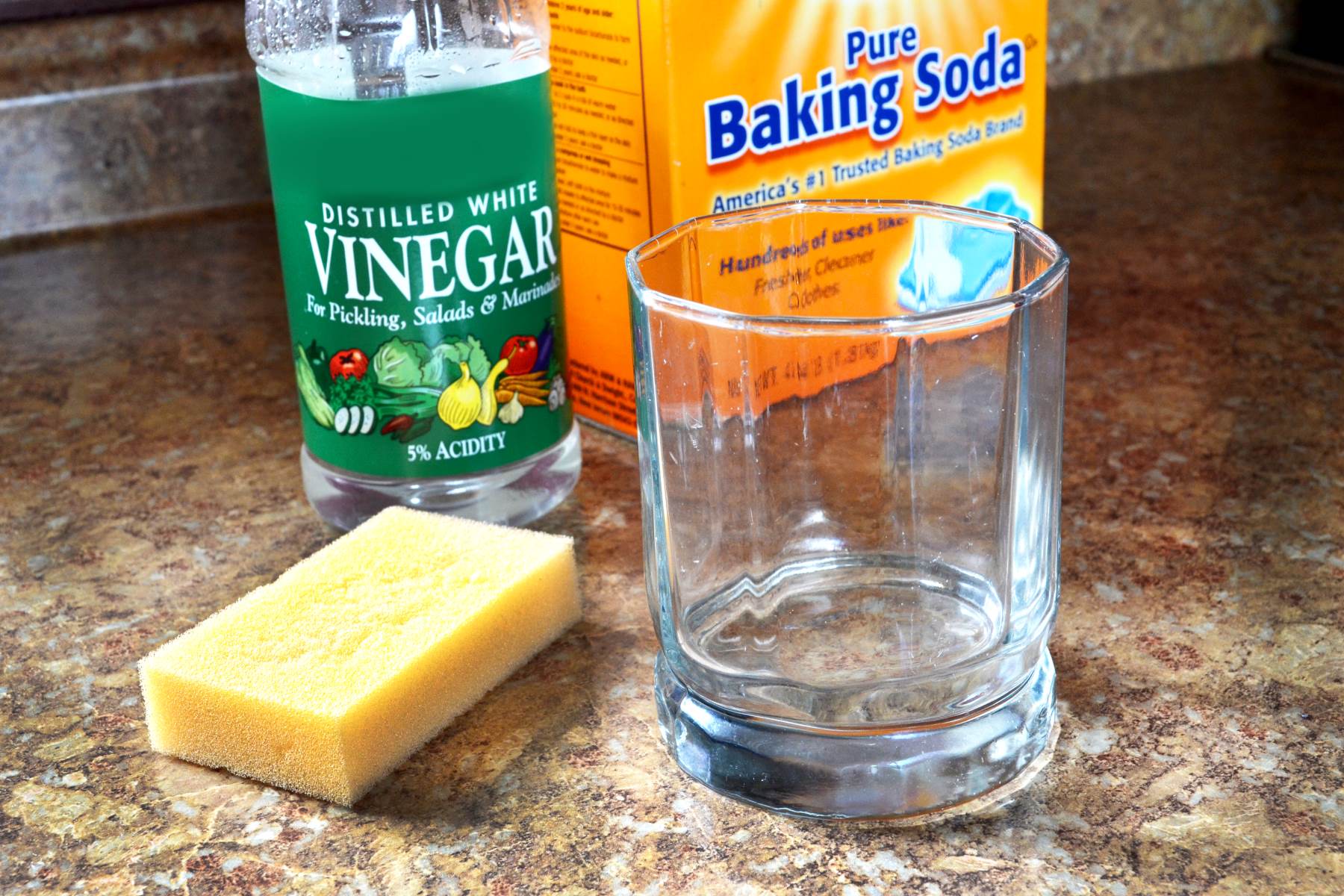
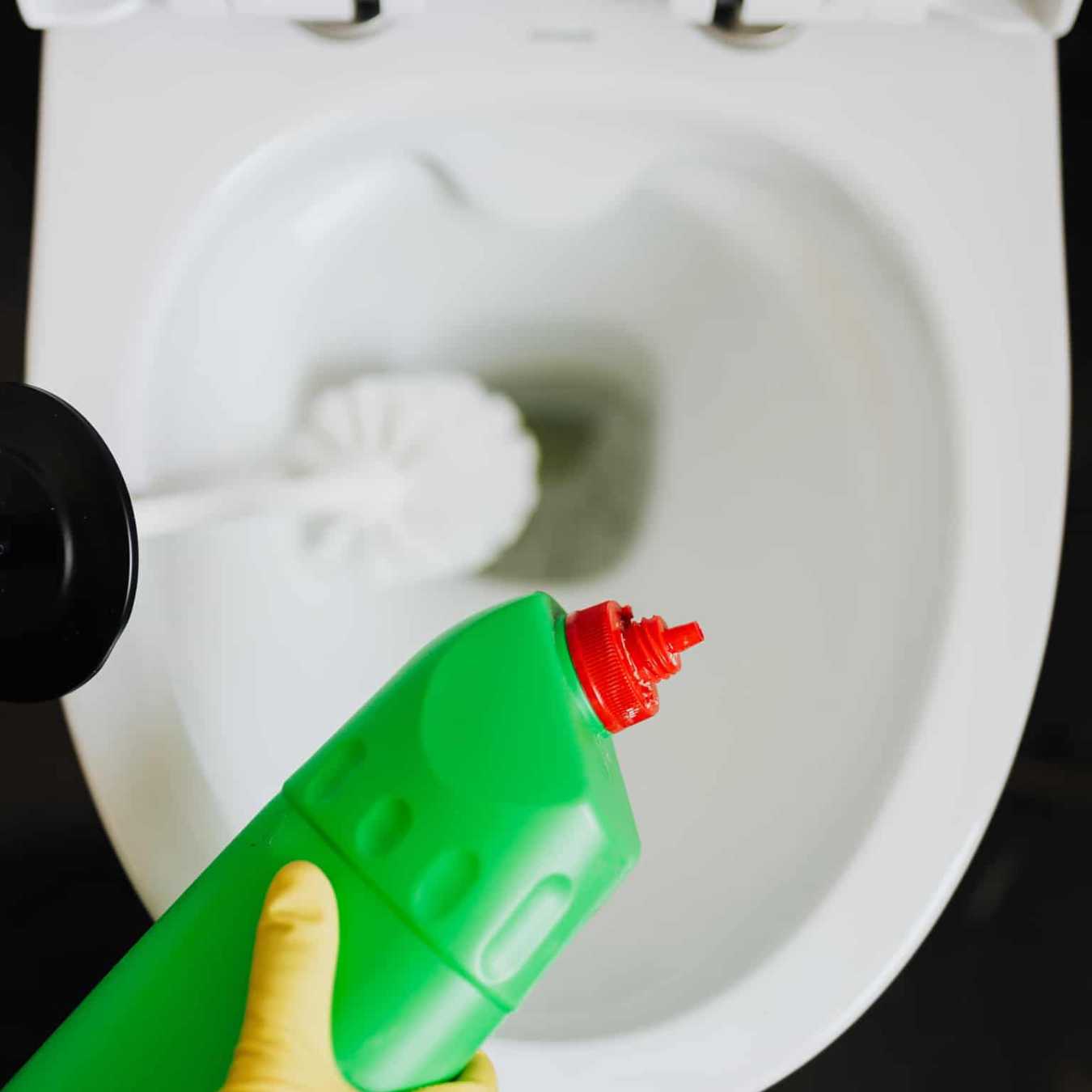
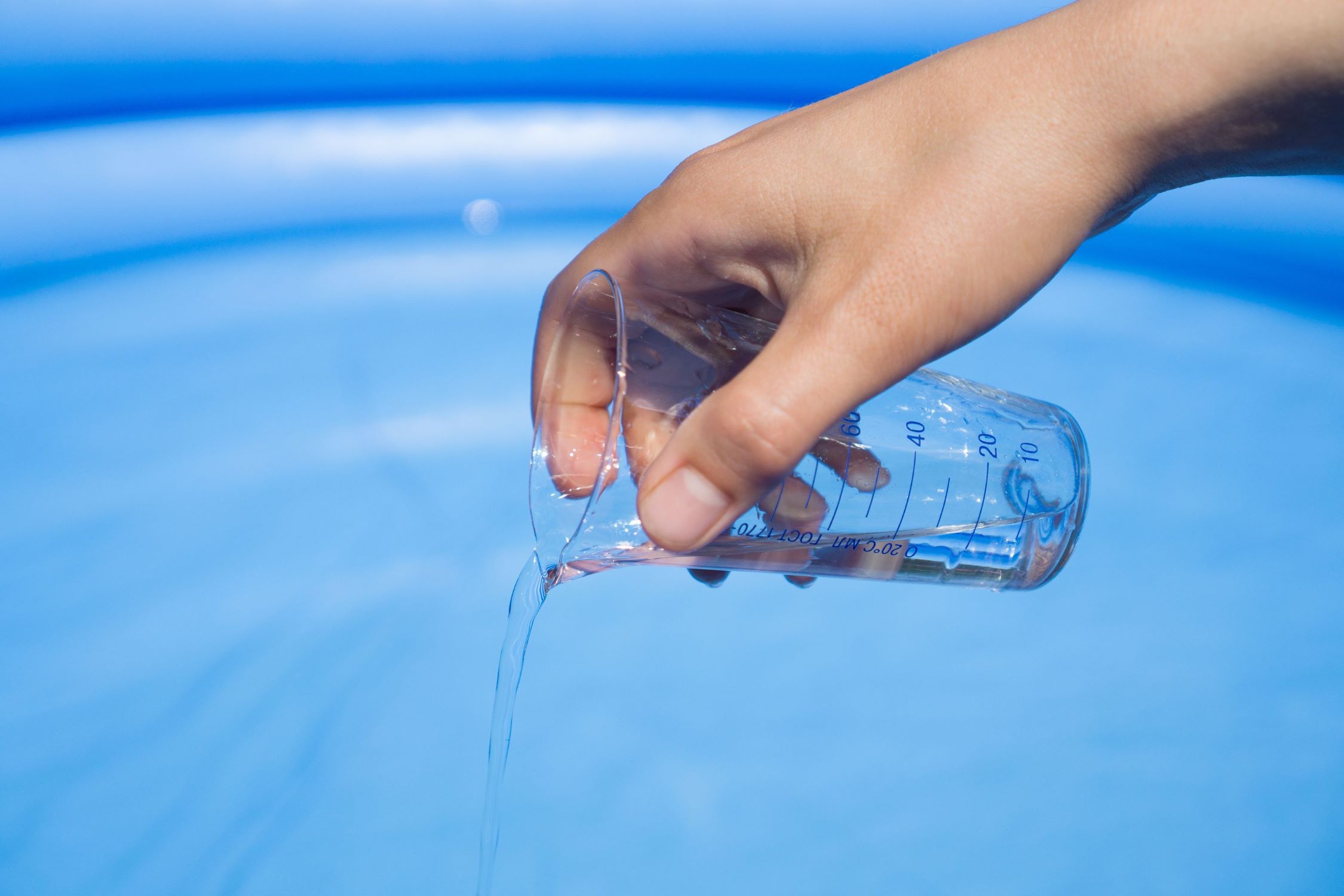
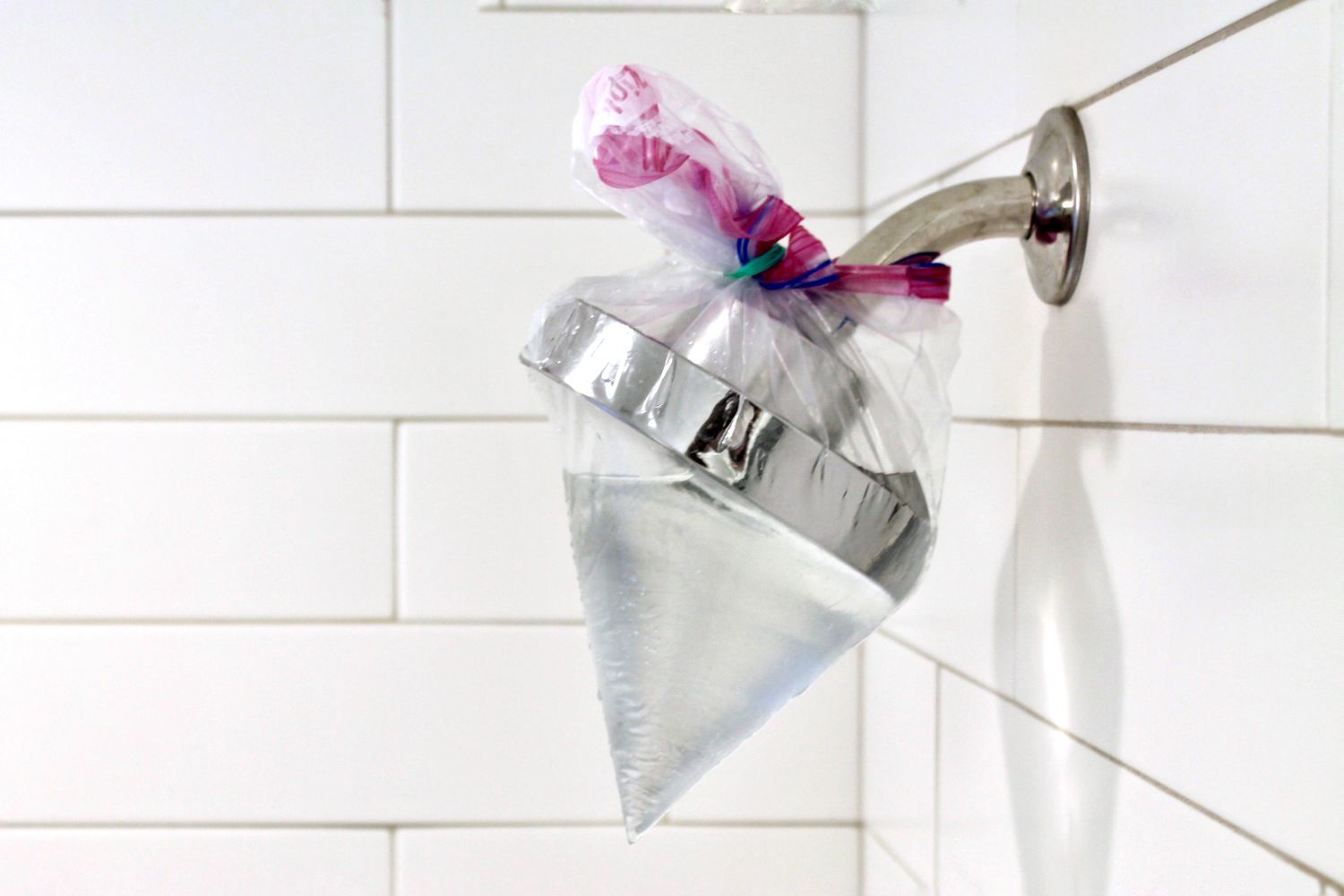
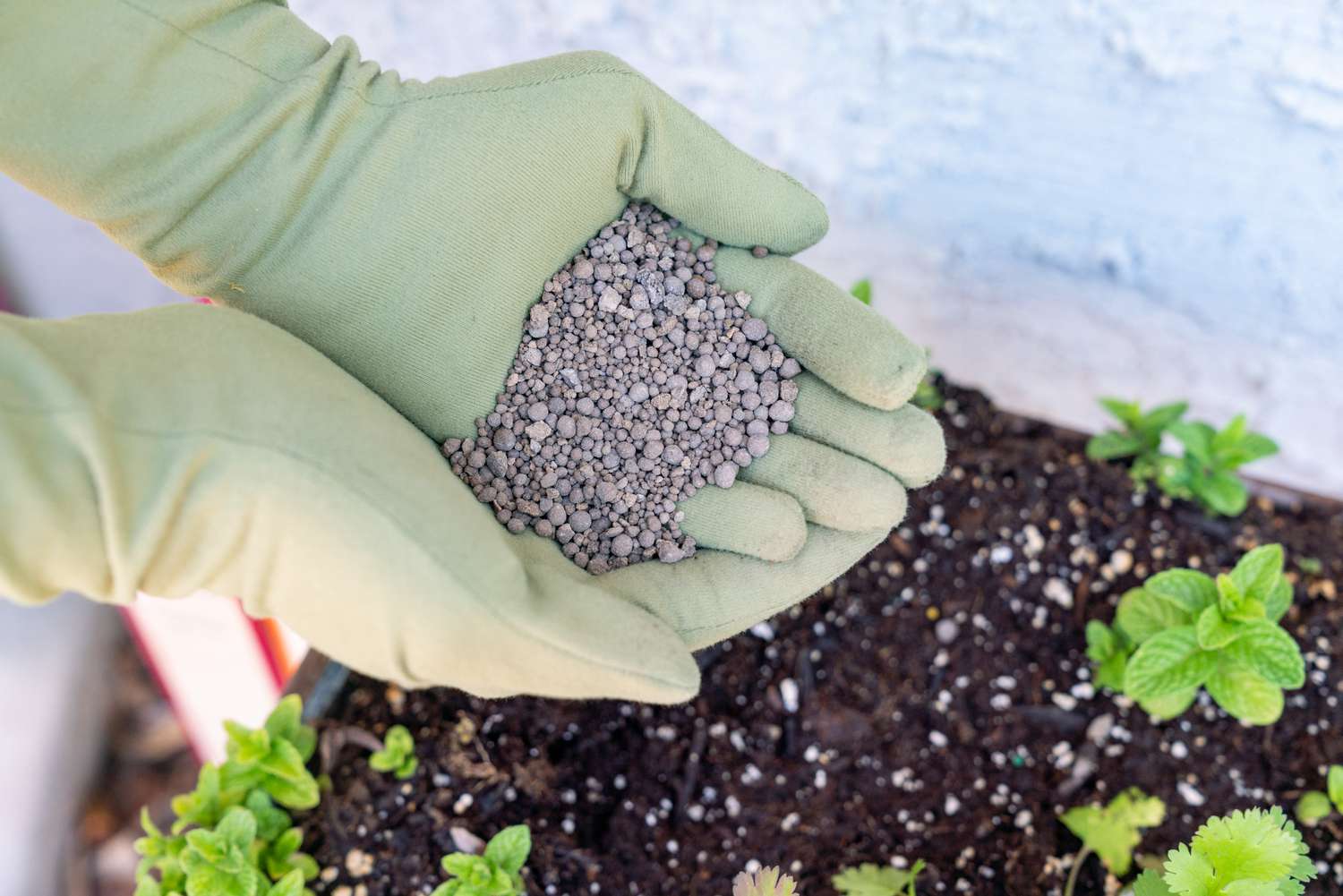

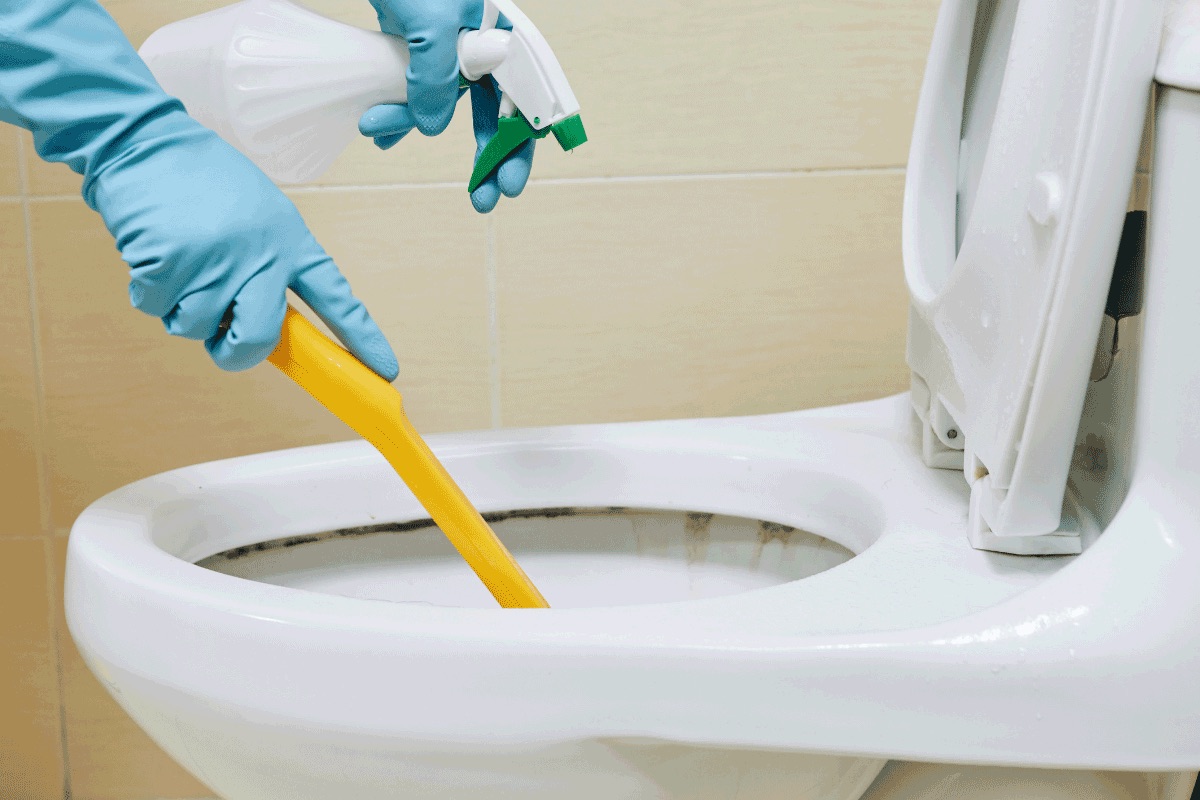
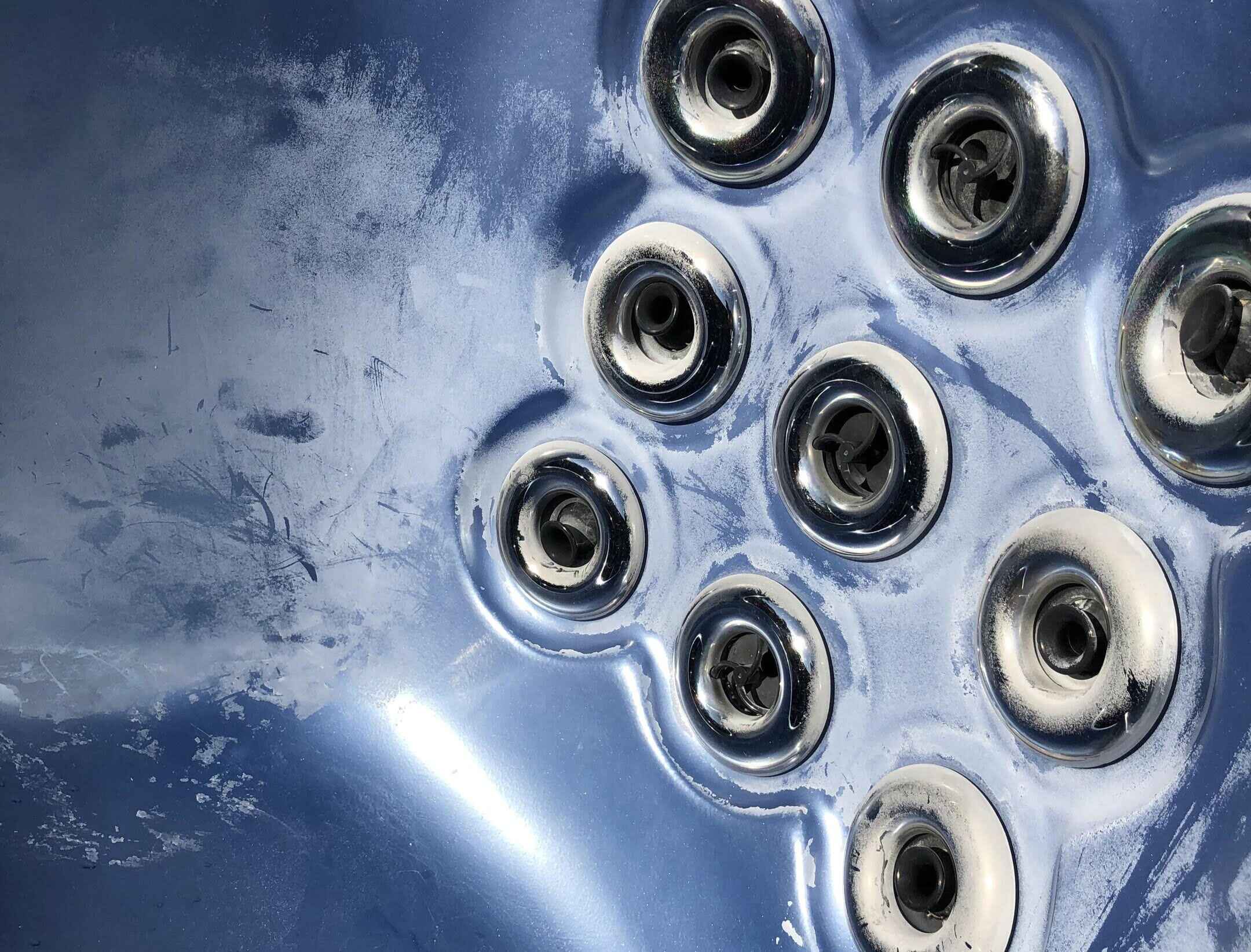
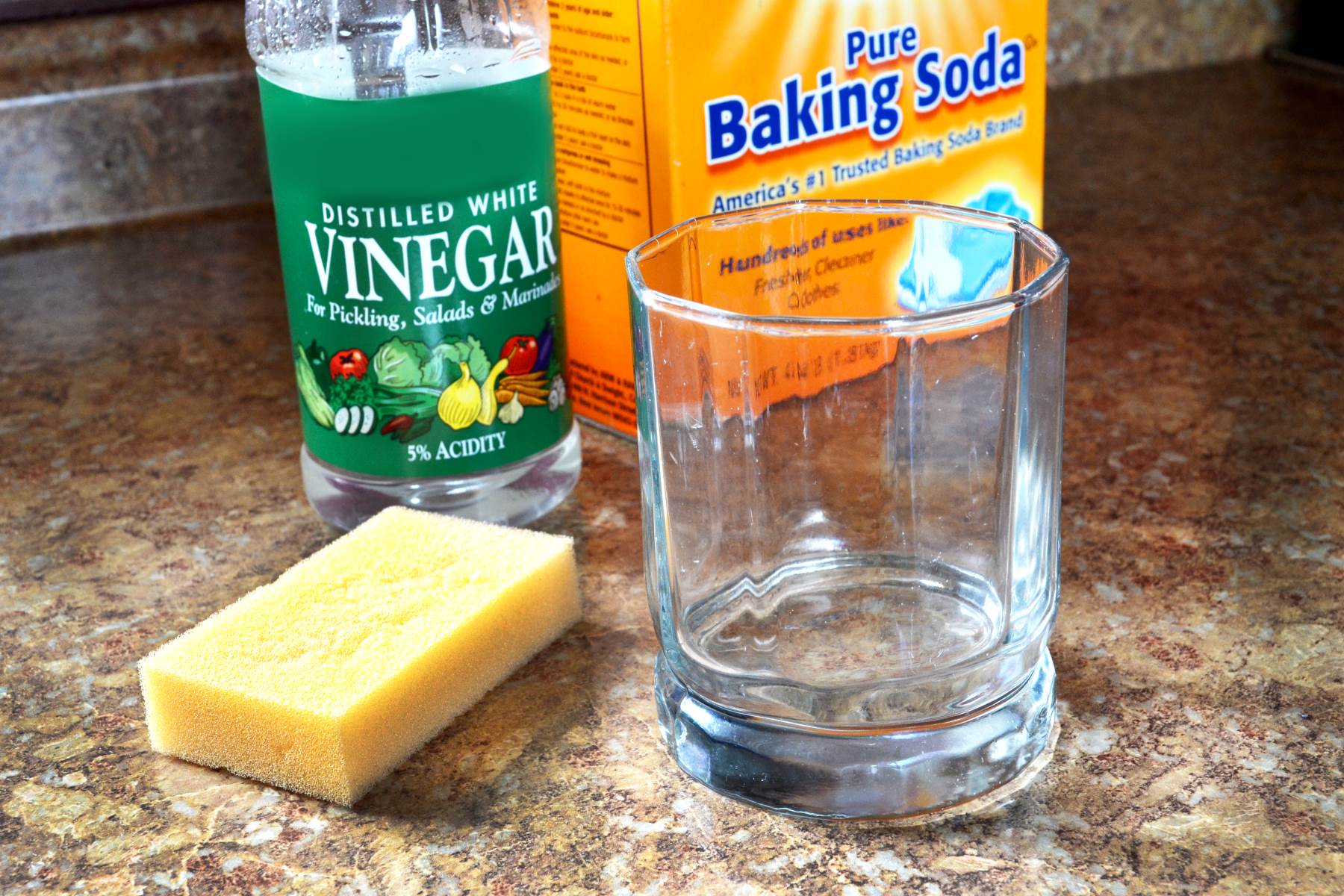
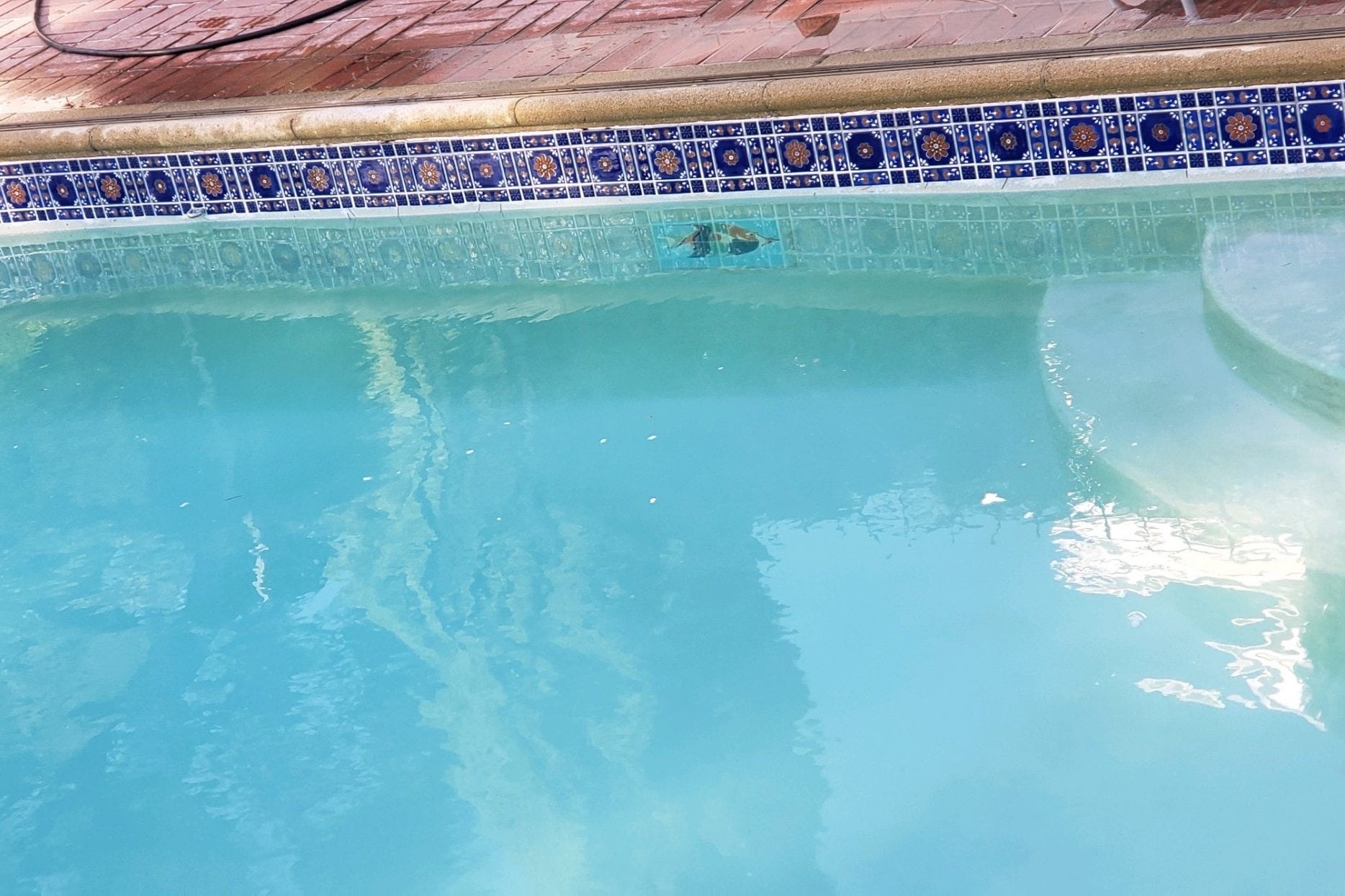
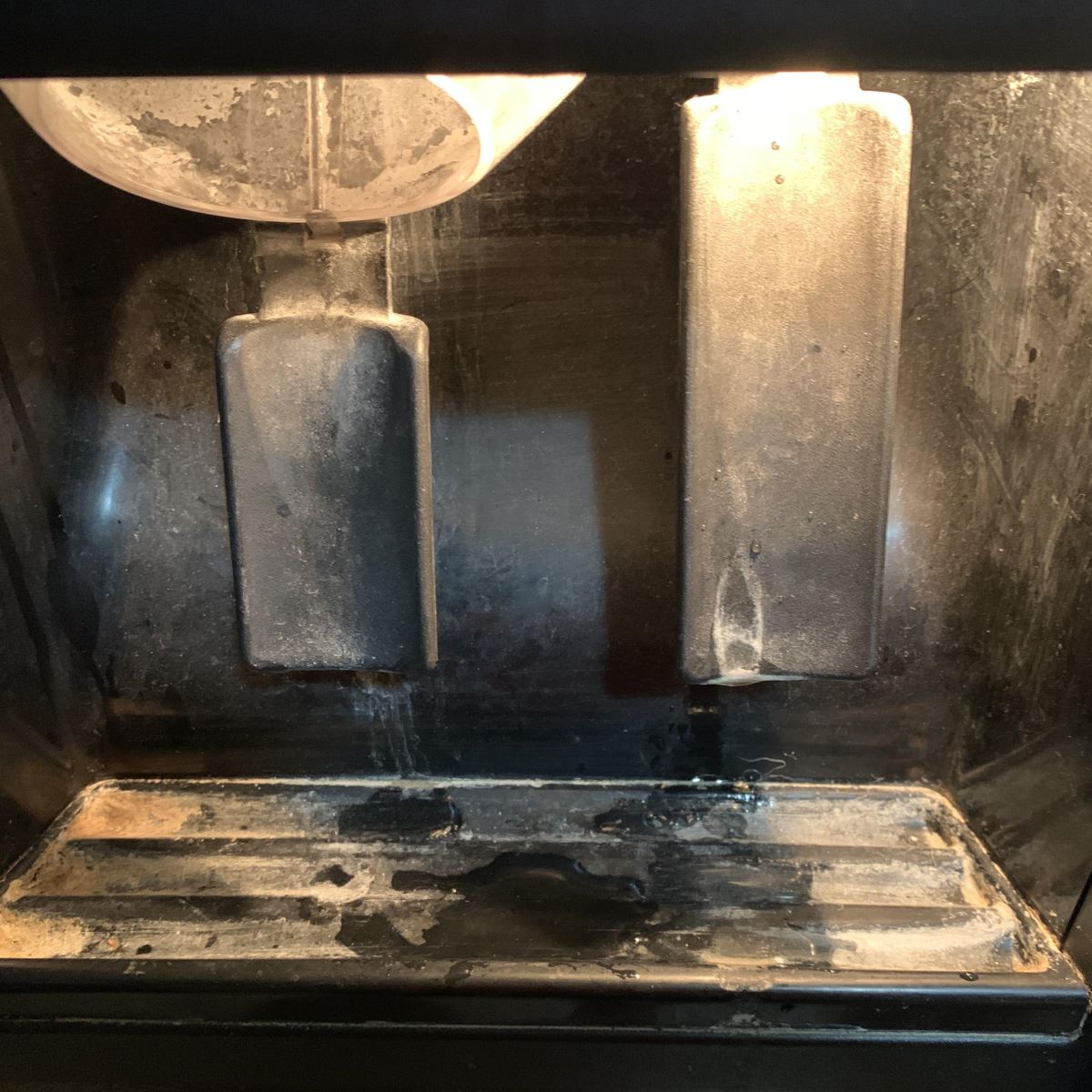

0 thoughts on “How To Store Calcium Chloride”